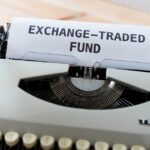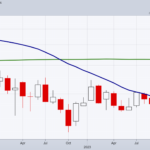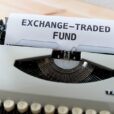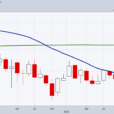
If there’s a trillion bucks AGAINST the rally, then imagine how much money is PUSHING the rally for it to continue. Now, where would this kind of money come from? It ain’t you and I, that’s for sure – pardon the very bad grammar! It is becoming pretty obvious that the big money wants to break the back of the shorts and keep the confidence game going. The stock market, for most people, is the barometer of the economy and faith in the economy and dollar must be maintained at all costs – while allowing the banks to engorge themselves in profits from all the volatility. It would seem to me that the more dramatic downward moves happen, followed by neck-snapping rallies, the more people will think the markets (and thus the economy by proxy) are invincible. Dangerous times for everyone – on both sides.
Skepticism is one thing this rally hasn’t lacked.
Amid its biggest about-face in nine decades, a funny thing has happened in the U.S. stock market, where rather than loosen their grip bears have grown ever-more impassioned. They’ve sent short interest to an eight-year high and above $1 trillion, by one analyst’s math. Position reports from the Commodity Futures Trading Commission show mutual fund managers are more skeptical now than any time since at least 2010.
In short, disbelief is running rampant after $2 trillion was restored to share values in six months. A chorus of Wall Street prognosticators says that’s a big reason the rally can keep going.
“There’s an enormous demand coming,” said Thomas J. Lee, managing partner at Fundstrat Global Advisors LLC., in an interview with Bloomberg TV . “Retail investors are about to put a lot of money into the equity markets because they’re trend followers and the S&P has had two positive quarters in a row. Funds can’t keep a trillion short position, larger than March ’09.”
It started in August, when bearish investors sent bets against U.S. stocks above 4 percent of available shares for the first time in six years. They haven’t backed off since. By the end of February, the ratio climbed to 4.4 percent, the highest since 2008, according to exchange data compiled by Bloomberg. As of March 15, that level was 4.3 percent, equivalent to a short position just under $1 trillion.















